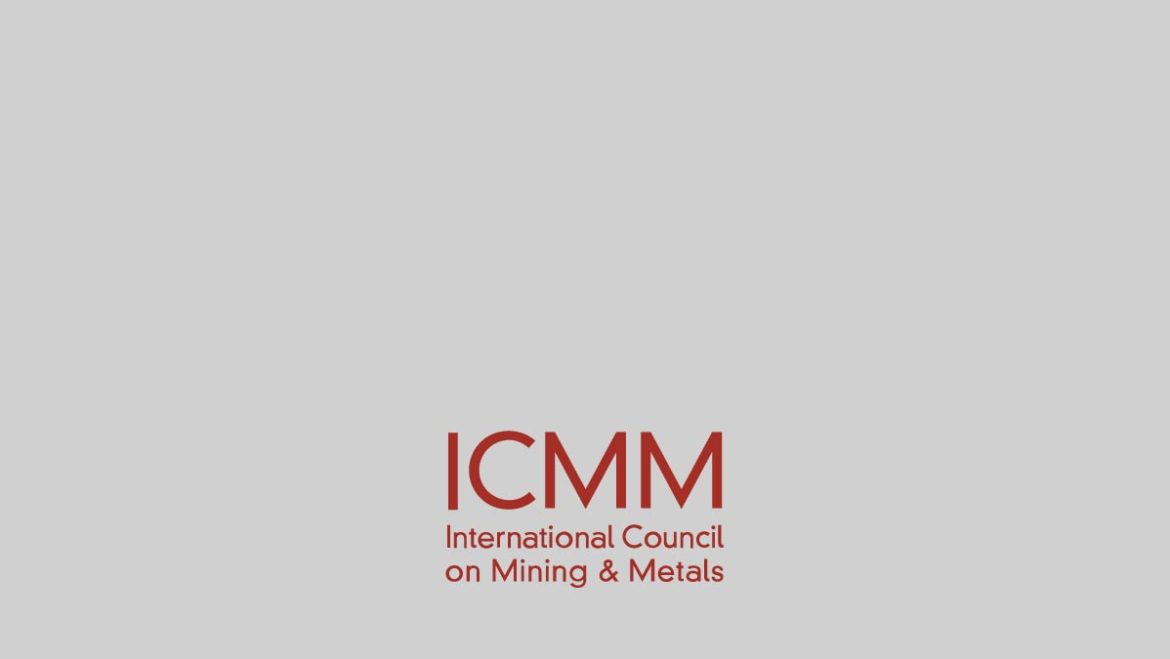Most of Barrick’s mining operations in northern Nevada exist within the traditional territory of the Western Shoshone people. While ownership of nearly all of this territory now resides with the United States Government, Barrick has committed to ensuring that the Western Shoshone tribes and bands located in these areas realize long-term benefits from Barrick’s development of mineral resources on these lands. For this reason, Barrick entered into the “Collaborative Agreement” with a group of Western Shoshone tribes and bands in 2008. The Collaborative Agreement is aimed at maintaining regular, ongoing engagement between Barrick and these Western Shoshone communities and sharing a spectrum of benefits derived from Barrick’s operations with this important stakeholder group.
One project currently being implemented under this framework is a groundbreaking program for language revitalization in Western Shoshone communities through the Shoshoni Language Project in the Department of Anthropology at the University of Utah. Shoshoni has been identified as a dying language, with the number of speakers dropping to several hundred over the last 30 years. To reinvigorate local language and culture and help strengthen self-identity, the Shoshone Youth Language Apprenticeship Program (SYLAP)
has brought 12 to 15 youths from Shoshoni-speaking communities in northern Nevada to the University of Utah every summer since 2009 for a six-week residency program of language instruction and related cultural activities. The program is focused on Shoshone high-school students and provides them with an introduction to a university setting. Students who have taken part in the SYLAP demonstrate an increased likelihood of graduating from high school and moving on to college.
Involving local youth in Shoshoni language revitalization has been extremely successful. In 2013, SYLAP students created a Shoshoni language video game using a combination of Native American myth and Tim Burton-style artwork. The game is based on traditional Shoshone stories and called “Enee” – which means “scary, fearful, frightening, oh!” in Shoshoni. Students have also created a talking dictionary and a set of illustrated children’s books telling traditional Shoshone stories in the native language.
These books are published by Barrick as they become available for use in the communities’ own language programs, which are also supported by the company.
A Western Shoshone cultural advisory group was established in conjunction with the Collaborative Agreement to advise and provide guidance to Barrick on the cultural values of the Western Shoshone people as they relate to Barrick’s ongoing operations and expansions. The group meets monthly and is facilitated and chaired by a Western Shoshone leader. It also includes representatives from most of the local tribes and bands, as well as representatives from Barrick. Currently, a Western Shoshone cultural awareness training course has been developed by the group and is being delivered by Shoshone elders to multiple levels of Barrick staff.

